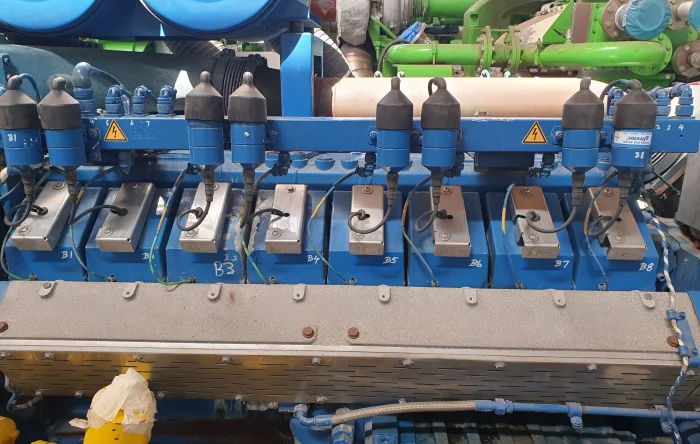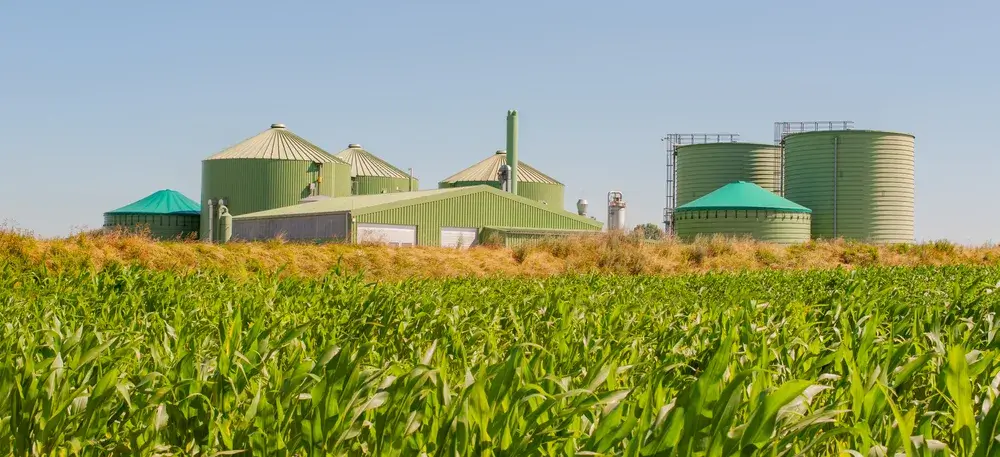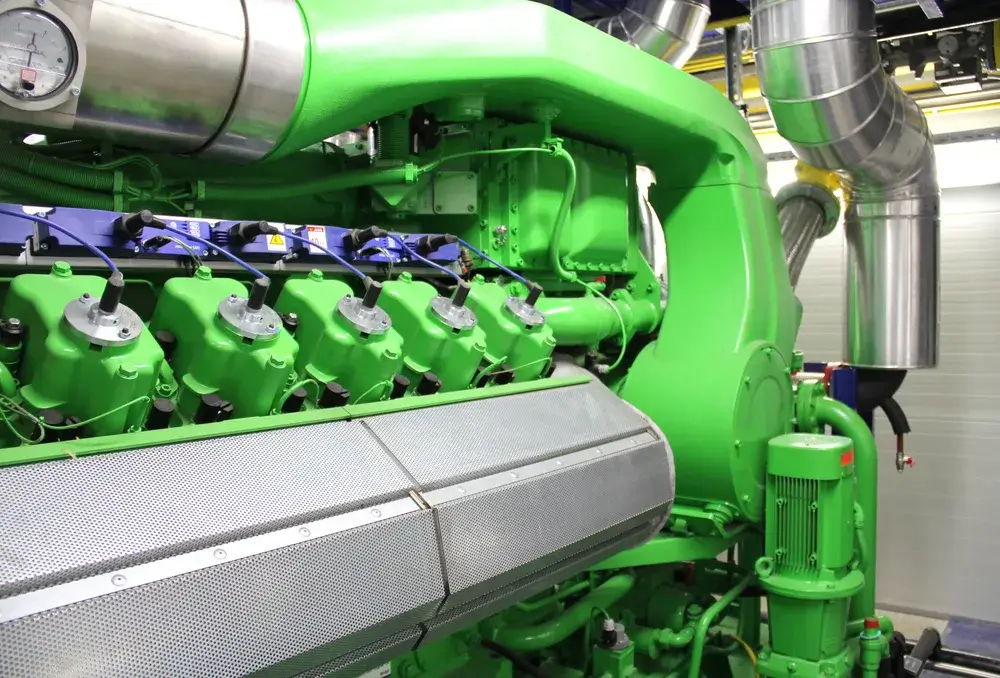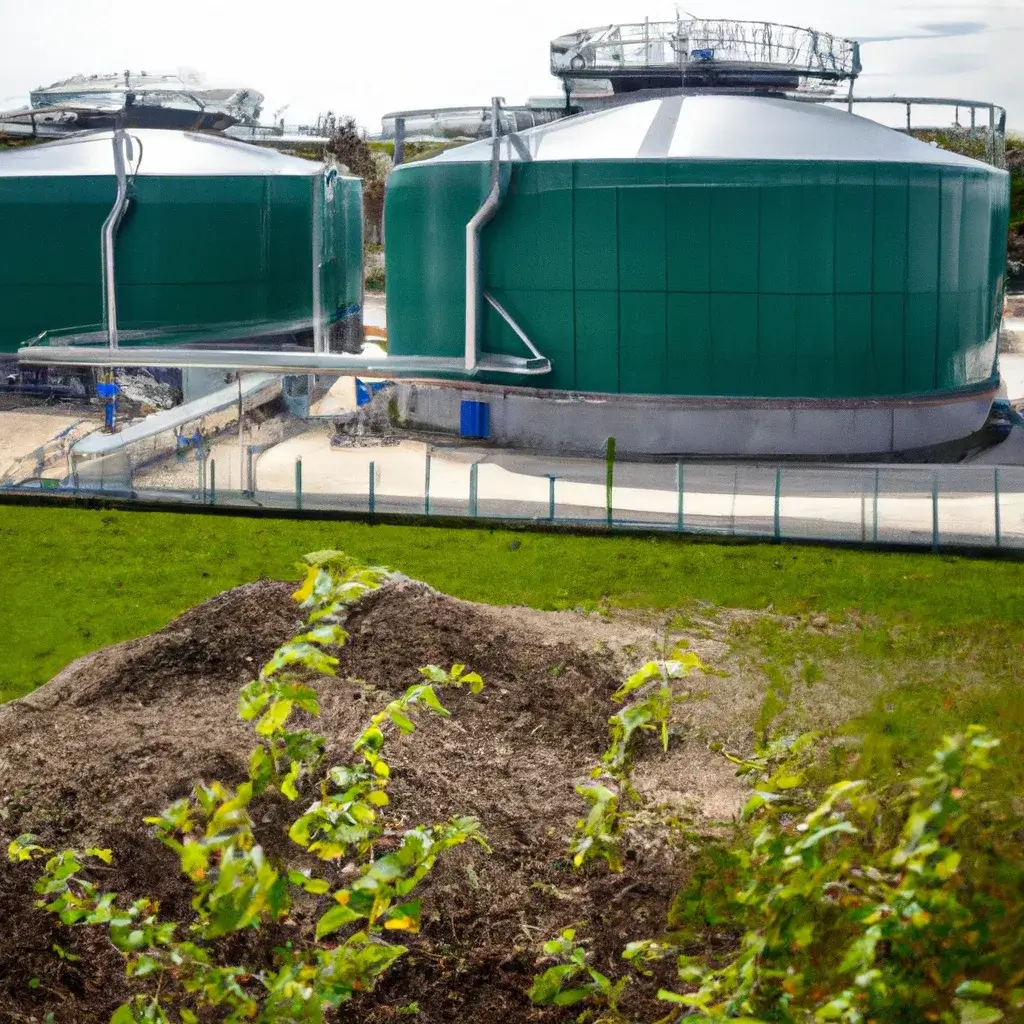The Disadvantages of Natural Gas – what we have to look at

Natural gas, a prominent player in the family of fossil fuels, serves as a crucial energy source in today’s global landscape. It is primarily composed of methane, which significantly impacts climate change when released into the atmosphere.
Despite these environmental concerns, natural gas is often lauded “clean energy”, for its relatively lower carbon emissions compared to other fossil fuels, making it a cleaner-burning option. As the world increasingly shifts towards renewable energy, the natural gas industry remains vital, providing a bridge between traditional energy sources and more sustainable alternatives.
Definition and Composition of Natural Gas
Natural gas is a versatile source of energy primarily composed of methane, a simple hydrocarbon. As one of the cleanest-burning fossil fuels, natural gas is used extensively for power generation, electricity, and heating.
In addition to methane, natural gas contains other hydrocarbons such as ethane, propane, and butane, as well as trace amounts of nitrogen, carbon dioxide, and hydrogen sulfide. These components make natural gas an efficient and relatively cleaner alternative to other fossil fuels like coal and oil. Its composition allows for efficient energy production with fewer emissions, which is why natural gas plays a crucial role in the global energy landscape.
Natural gas – everything you need to know
Natural gas: Explore its role in energy provision, influence on global trade dynamics, and impact on geopolitical discussions.
Production and Extraction of Natural Gas
Natural gas production involves several advanced techniques to extract this valuable resource from the earth. One of the most common methods is hydraulic fracturing, or fracking, which involves injecting high-pressure fluid into shale formations to release trapped gas. This technique has significantly boosted the availability of shale gas, particularly in North America.
Once extracted, natural gas is transported through an extensive network of pipelines to processing facilities. Here, impurities are removed, and the gas is prepared for distribution. Additionally, some natural gas is converted into Liquefied Natural Gas (LNG) by cooling it to a liquid state, which reduces its volume and allows for efficient transport over long distances. This comprehensive infrastructure of pipelines and LNG facilities ensures a steady and reliable supply of natural gas to meet global energy demands.
Environmental Impact of Natural Gas
Natural gas, while cleaner than other fossil fuels, still contributes significantly to greenhouse gas emissions, impacting climate change. When burned, natural gas emits carbon dioxide, though at lower levels compared to coal and oil. However, methane, the primary component of natural gas, is a much more potent greenhouse gas, with a global warming potential over 25 times greater than carbon dioxide over a 100-year period. Methane leaks during natural gas production, transportation, and storage further exacerbate its environmental footprint.
These methane emissions contribute to the overall greenhouse gas levels, accelerating climate change. Despite being a less polluting option among fossil fuels, the lifecycle emissions of natural gas need careful management to minimize its climate impact and transition towards more sustainable energy sources.
The environmental impact of natural gas production, particularly through hydraulic fracturing (fracking), also extends significantly to water and soil. Fracking involves injecting high-pressure fluid into rock formations to release natural gas, which can lead to the contamination of groundwater. The fracking fluid, often containing a mix of water, sand, and chemicals, can seep into underground water supplies, posing risks to drinking water and ecosystems.
Additionally, the process generates large volumes of wastewater, which must be carefully managed to prevent soil and water pollution. Improper handling of this wastewater can lead to spills and leaks, further exacerbating environmental damage. The extraction sites also disrupt local soil structures, potentially leading to erosion and habitat destruction.
Economic and Practical Disadvantages
Natural gas, while offering certain environmental advantages over other fossil fuels, is ultimately a non-renewable resource. This finite nature raises concerns about the long-term sustainability of relying on natural gas. Although it currently plays a crucial role in the global energy mix, the depletion of natural gas reserves poses a significant challenge for future energy security.
As natural gas reserves dwindle, the need for sustainable energy solutions becomes more urgent. Transitioning to renewable energy sources, such as biomass, wind, solar, and hydropower, is essential to ensure a stable and sustainable energy future. While natural gas can act as a bridge fuel in this transition, reducing our dependence on non-renewable resources and investing in renewable energy technologies are critical for achieving long-term sustainability and addressing climate change.
How long can we continue to use natural gas?
In this article we will evaluate the future of natural gas in the energy sector, amidst shifting technological landscapes and environmental considerations.
The infrastructure required for natural gas production and distribution presents several significant challenges. Pipelines, which are essential for transporting natural gas from production sites to consumers, pose safety risks due to potential leaks and ruptures. These natural gas leaks not only contribute to greenhouse gas emissions but also present serious safety hazards, including the risk of explosions.
Additionally, the development and maintenance of LNG terminals and storage facilities are crucial for handling liquefied natural gas, but these facilities come with their own set of challenges. They require substantial investment and are susceptible to safety risks due to the high pressure and low temperatures involved in LNG storage. Proper management and regular maintenance are essential to mitigate these risks and ensure the safe operation of the infrastructure.
Health and Safety Concerns
The combustion of natural gas releases nitrogen oxides (NOx), which are significant contributors to smog and respiratory problems. Additionally, incomplete combustion can produce carbon monoxide (CO), a toxic gas that poses severe health risks, including headaches, dizziness, and in extreme cases, death. Prolonged exposure to these pollutants can exacerbate asthma, reduce lung function, and increase the risk of heart diseases.
Although natural gas emits fewer pollutants compared to coal and oil, its contribution to air pollution and the resulting health risks cannot be overlooked. Ensuring proper ventilation and maintenance of natural gas appliances, as well as implementing stringent emission controls, are essential measures to mitigate these health hazards and protect public health.
Energy Efficiency and Operational Costs
Natural gas is recognized for its high energy efficiency, making it a cost-effective energy source for various applications, particularly in power plants. Natural gas power plants are known for their efficiency, often achieving higher thermal efficiency rates compared to coal and oil plants.
This high efficiency translates to more electricity generated per unit of fuel, thereby reducing overall fuel consumption and operational costs. In terms of production, advancements in natural gas extraction and processing technologies have further optimized energy use, minimizing waste and enhancing overall efficiency.
Despite the initial investment in infrastructure and extraction technologies, the long-term operational costs of natural gas production are generally lower due to its abundant supply and efficient combustion properties. The efficiency of gas engine can be improved even more, with services and spare parts.

PowerUP Services and Spare Parts for your Gas Engine
It’s crucial to have reliable support for gas engine maintenance and optimization. PowerUP excels in offering high-quality gas engine services and spare parts, ensuring their optimal performance and durability. Our services encompass gas engine repair and upgrades, field and remote service, as well as many others to keep engines operating efficiently.
We provide a comprehensive range of gas engine spare parts, including cylinder heads, pistons, and spark plugs, all engineered to meet or exceed industry standards. Using PowerUP’s spare parts and consumables suitable for brands like INNIO Jenbacher®, MWM® and Caterpillar® engines can significantly reduce downtime and maintenance expenses, thereby enhancing overall engine performance.
Our unwavering commitment to quality and innovation allows us to support various industries with dependable and efficient solutions, making PowerUP a valuable partner in the maintenance and optimization of gas engine operations.


















